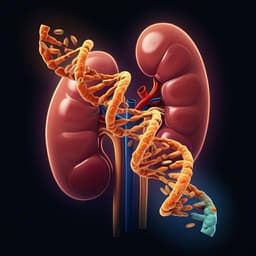
Food Science and Technology
Dissipation kinetics and biological degradation by yeast and dietary risk assessment of fluxapyroxad in apples
M. Podbielska, P. Książek, et al.
This groundbreaking research by Magdalena Podbielska, Paulina Książek, and Ewa Szpyrka explores the dissipation kinetics of fluxapyroxad in apples, revealing significant reductions in pesticide levels through yeast-based treatments. Discover the insights on dietary safety for both adults and children based on this pivotal study.
~3 min • Beginner • English
Related Publications
Explore these studies to deepen your understanding of the subject.







